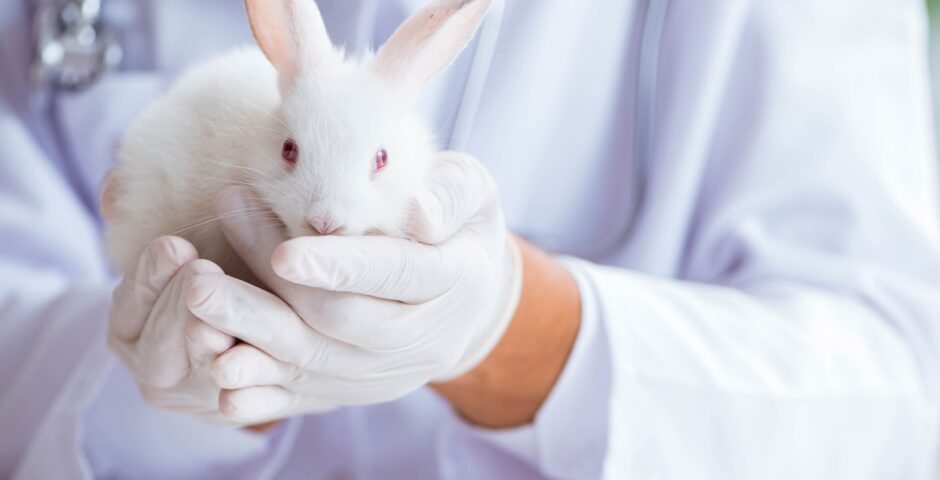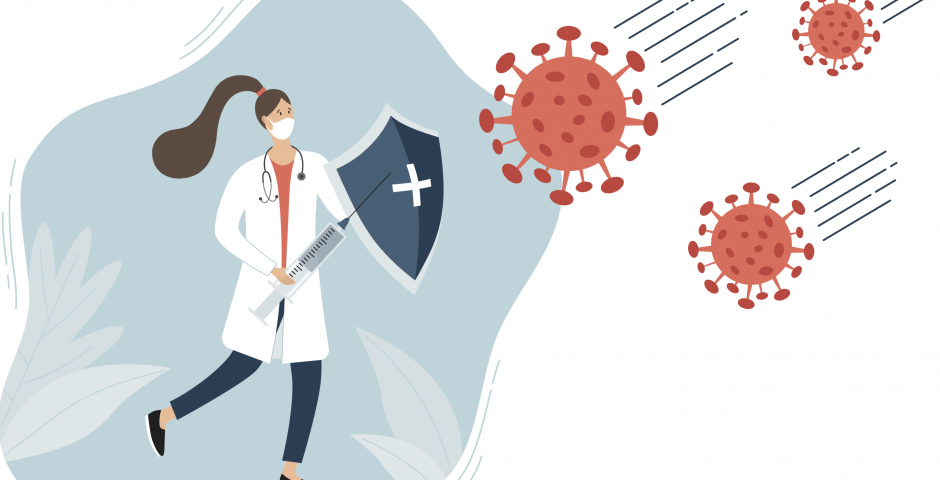The European Parliament wants an end to animal testing

An end to scientific experimentation on animals
In September 2021, the European Parliament asked the European Commission to initiate legislative proceedings to end scientific experimentation on animals and to replace it with less cruel techniques. Specifically, it wants to reduce the amount of animal testing based on what is possible, whilst still ensuring that the level of protection for public health is not lowered. For this purpose, preferential funding will need to be made available to research, develop, and introduce other testing methods. The European Union is widely recognised as one of the global leaders with regard to animal welfare rights, and the vote on animal testing is a testament to that.
The European Parliament’s vote
On September 15th, 2021, almost all of the Members of the European Parliament (MEPs) voted in favour of calling upon the European Commission to initiate legislative proceedings to end scientific experimentation on animals. Out of the 687 MEPs that were present at the time, only four voted against the motion – Slovakian Miroslav Radacovsky, Dutch Dorien Rookmaker, Czech Ivan David and Stanislav Polcak. 667 MEPs voted in favour of the motion, with sixteen of them abstaining. Most of the opposition to the motion came from conservative groups and from unaligned MEPs. This is one of the most successful motions that has ever been passed in the European Parliament and promises much better animal welfare after the recent setbacks.
One example of such setbacks is the revelation that the European Chemical Agency has disregarded the ban on animal testing for cosmetics by demanding additional data for dozens of cosmetic ingredients. It is estimated that this has caused the deaths of 25,000 animals. Now, the resolution is demanding legislative proceedings that ban all use of animal testing, including in research, in addition to the current ban in cosmetics. It is estimated that almost ten million animals die in laboratories annually, following scientific experimentation. Nearly 70% of these animals are used in biomedical research, which is an area that has not seen any reduction in the amount of animal testing. For this purpose, the European Parliament highlights that preferential funding should be made available to research, develop, and introduce alternative methods.
Of course, the European Parliament recognises that previous animal testing has contributed to research and medical advances, including safe vaccines, such as the COVID-19 vaccines. MEPs also understand that there are situations where animals must be used to gain scientific insights into certain types of diseases due to the lack of known non-animal methods that might be used instead. However, these techniques must be limited to situations where there are no other options available and must solely take place where the conditions are optimised to minimise pain, distress, and suffering. In other situations, where technologies, such as human organ chips and next-generation computer models, are available and suitable, animal testing must be prohibited.
More animal welfare rights in the European Union
This resolution is not legally binding upon the European Commission, which means that it might decide not to initiate the legislative proceedings, but this seems very unlikely. The European Union is dedicated to ensuring the protection of animal welfare rights, in particular farm animals, which include all animals kept for the production of food, wool, skin, fun, or other farming purposes. More recent legislation includes wildlife, zoo animals, and house pets. These legislative efforts reflect the general five freedoms with regard to animal welfare, including the freedom from hunger and thirst, the freedom from discomfort, the freedom from pain and disease, the freedom from fear and distress, and the freedom to express normal animal behaviour. More specific rules on slaughtering and breeding conditions have also been recently introduced.
In June 2021, the European Parliament demanded legally binding targets to protect wildlife through the Biodiversity Strategy for 2030, which is part of the new Green Deal, insisting that there must be no deterioration in conservation trends of protected species and habitats, in particular pollinating insects, such as bees. In 2018, the European Parliament already stated that pollinators needed to be better protected and demanded the reduction of harmful pesticides, in particular glyphosate, and is looking to take action through the development of monitoring frameworks with robust measures, time-bound objectives, and impact indicators.
In addition to this, the European Union goes beyond the provisions of the Convention on International Trade in Endangered Species of Wild Flora and Fauna (1975) to ensure that wildlife products do not lead to the endangerment of species. This also ensures that hunting methods remain humane. Some of this additional legislation was questioned in the Inuit Tapiriit Kanatami cases, in which an association of Inuit seal hunters, supported by several businesses processing and selling seal products, sought to challenge the legislation that prevented imports into the European Union of seal products, because the hunting methods were cruel. However, these attempts were fruitless, and the methods used for seal hunting are still viewed as inhumane.
Protecting wildlife outside of their natural habitats, such as zoo animals, is also extremely important to ensure the conservation of biodiversity. For this purpose, the European Union adopted the Zoos Directive (1999), which required the Member States to adopt measures for the licensing and inspections of zoos in order to ensure that zoos respect certain conservation and protection measures, including appropriate accommodation of the animals. Between 2015 and 2018, the European Commission carried out an evaluation. It deemed that the Zoos Directive was still fit for its purpose, though it highlighted that not all aims have been met. Its effective realisation depends on improved implementation through meetings and training courses.
Moreover, in 2016, the European Parliament asked the European Commission to draw up mandatory systems for the identification and registration of cats and dogs, and more controls and tougher sanctions against those supplying false pet passports. This was done in order to clamp down on the illegal trade in pets. Trafficking leads to poor breeding conditions, to puppies and kittens being separated from their mothers too early, and to long journeys under stressful conditions, without food or water. It also poses risks to public health, because trafficked pets are oftentimes unvaccinated, which means that they might spread rabies and infectious diseases. The European Parliament is hoping to create registers with the names and details of all authorised breeders so that buyers can make sure that they are buying well-treated and healthy animals.
Conclusion
In conclusion, the European Union has some of the best animal welfare standards in the entire world, but European Union citizens are asking for higher and higher levels of protection for our furry friends. Therefore, the European Parliament’s vote received tremendous support throughout the European Union. For this reason, despite the fact that this resolution is not legally binding upon the European Commission, it seems very unlikely that it would decide not to initiate the legislative proceedings to end scientific experimentation on animals. If the European Commission does go through with this, it would be an enormous win for our furry friends in labs and would pave the way for similar legal acts in other areas of animal welfare.
Charlotte Vanderbemden has recently obtained her bachelor’s degree in European Studies and is currently working on her master’s degree in European Law at the Universiteit van Amsterdam.
Image: Shutterstock




